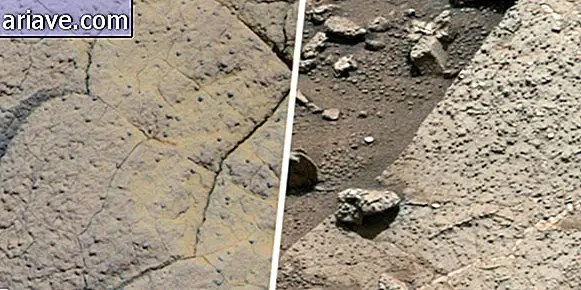Nemo Point: a space cemetery in the most isolated place on the planet
Have you ever thought of a place that would serve as a spaceship cemetery? For it exists and is called Ponto Nemo, the farthest and most isolated place on any coast or the smallest sign of land.
It is located in the middle of the Pacific Ocean and named after Jules Verne and one of his most famous characters: Captain Nemo from the book 20 Thousand Leagues Underwater . It is a circumference of 19, 900 kilometers without a span of dry land.

Spaceship Cemetery
This point of inaccessibility is so far from everything that sometimes the closest people to it are the astronauts orbiting the globe aboard the International Space Station (ISS). That's because the ISS is 360 kilometers away from the planet's surface. So when they pass over Nemo Point they are closer than any other human being.
Of course, because of his isolation, myths and legends have sprung up around him. For example, in 1997, ultra-low frequencies from the region were recorded. That was enough for the most imaginative to attribute it to monsters and sea creatures - even though the United States National Oceanic and Atmospheric Administration attributes it to the breaking of icebergs.

But one of the most interesting things about this region is that it is a true debris and spaceship graveyard.
Thousands of satellites have already been launched, and when they are no longer useful, they continue to orbit the planet until they fall. Because this part of the Pacific Ocean is far from anything, it is the perfect place to drop something from space without any risk.
By the way, this idea of using the remaining energy to guide spacecraft and objects there is old and it is estimated that there are thousands of tons of debris out there.
One such case was the Chinese Tiangong-1 space station. At the time of her fall, everyone said she was out of control, but ended up falling very close to Nemo Point. For some it was a coincidence, for others just a proof that the Chinese could still control something of the station and were able to direct it there.











